Mount Fuji: Charge and number cap on most popular climbing route
- Published
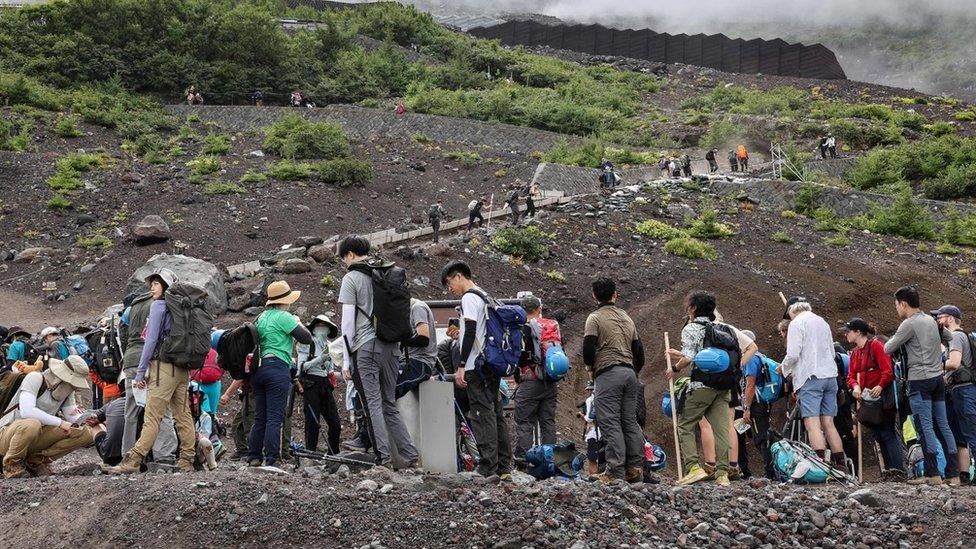
Last year saw more than 200,000 people scale Mount Fuji
People hoping to climb Mount Fuji using its most popular route will soon have to pay a $13 (£10) charge as authorities try to limit the numbers scaling Japan's famous volcano.
Last year, more than 220,000 made the ascent between July and September.
But congested routes, increasing injuries and rubbish littering the trail - not to mention badly dressed hikers - prompted officials to act.
This year, just 4,000 people a day will be allowed up the Yoshida Trail.
That trail, easily accessible from the capital, Tokyo, is currently the route of choice for more than 60% of climbers.
They will also not be allowed to set off between 16:00 and 02:00 - part of a bid to stop so-called "bullet climbs", when people try to scale the 3,776-metre (12,388-foot) summit without breaks.
Numerous groups had been raising the alarm for some time. Masatake Izumi, a Yamanashi prefecture official, said last September the area faced "a real crisis", and the numbers had become "uncontrollable".
Photos show the congested paths, local associations complain they are forced to pick up rubbish left behind, and huts along the route are unable to keep up with demand.
Last year, 61 rescue calls were made to Shizuoka prefecture police, news agency Reuters reported. According to officials, the majority were suffering altitude sickness, hypothermia or just poorly equipped to climb the Unesco World Heritage site.
With all this in mind, officials decided time had come to act: the new rules, which come into force on 1 July, were approved on Monday by Yamanashi regional government.
"After Covid restrictions were lifted, we started seeing more people," local government official Toshiaki Kasai told news agency AFP. "We want them to dress appropriately for the mountain and be well prepared."
They are not the only place to bring in new rules to curb over tourism.
Last year, Venice approved a €5 (£4.30; $5.35) tourist fee for daily visitors on a trial basis, while Thailand closed one of its famed beaches for several years to allow it to recover. Maya Bay, on the island of Phi Phi Leh, was reopened with a daily visitor cap in 2022.
Meanwhile, questions have been asked of the number of permits given to climbers tackling Mount Everest after high numbers of deaths during the 2023 season.
Japan has also had its own struggles with a booming tourism industry. Back in 2019, Kyoto officials started handing out leaflets and paper lanterns in an attempt to remind tourists how to behave in its historic Gion quarter.
Related topics
- Published8 June 2023
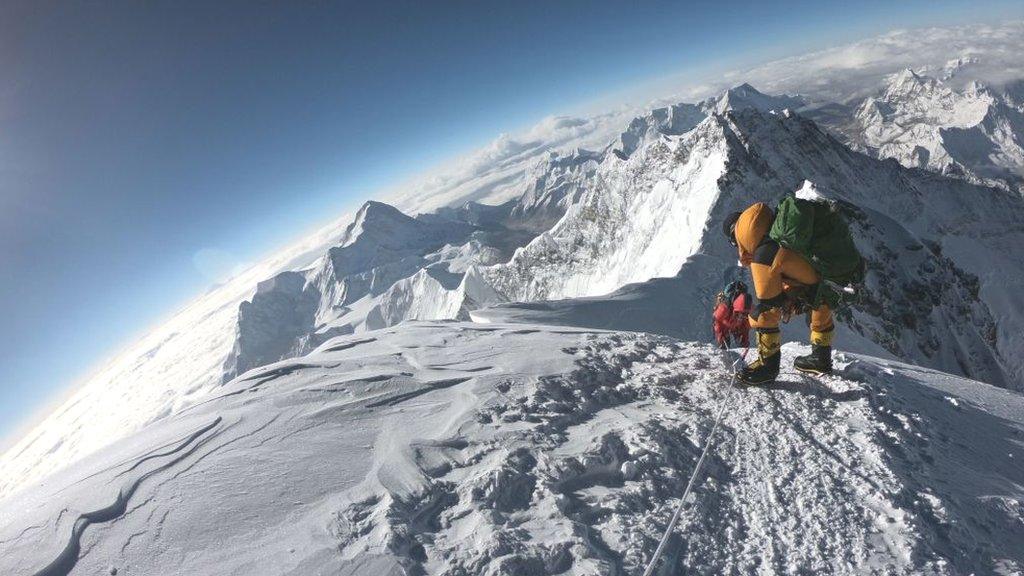
- Published3 June 2019
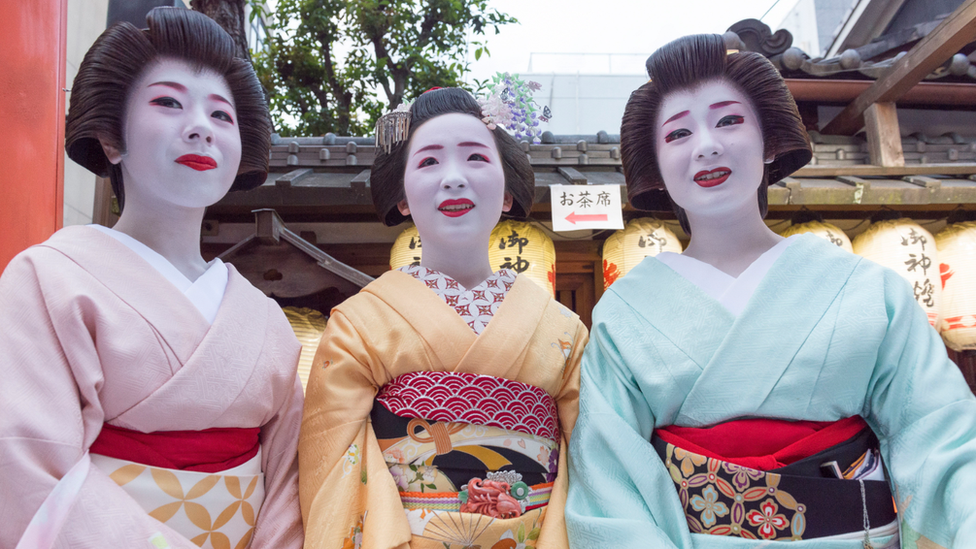
- Published13 September 2023
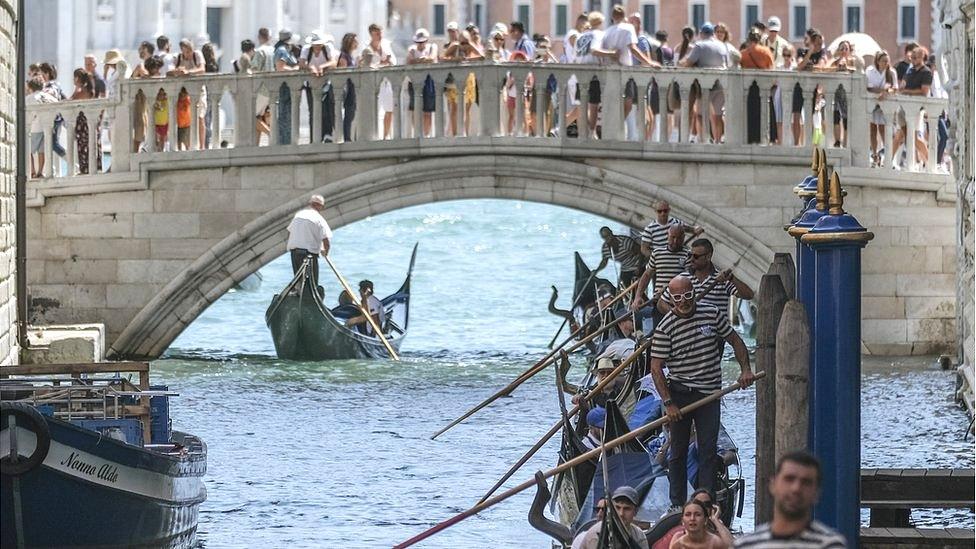
- Published4 January 2022
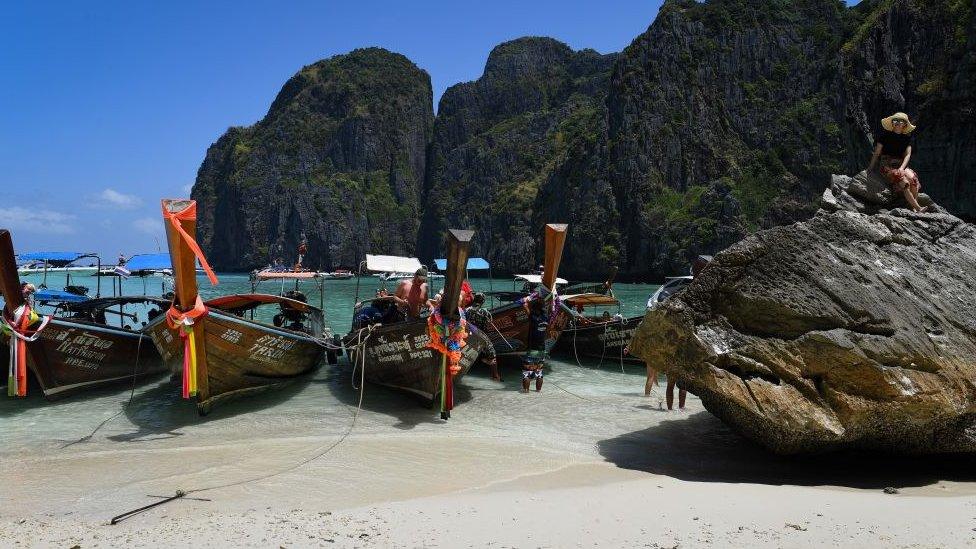
- Published16 April 2018
